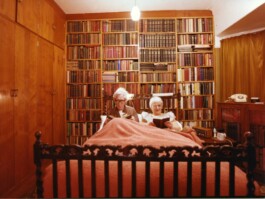
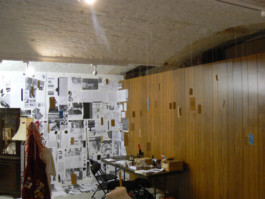
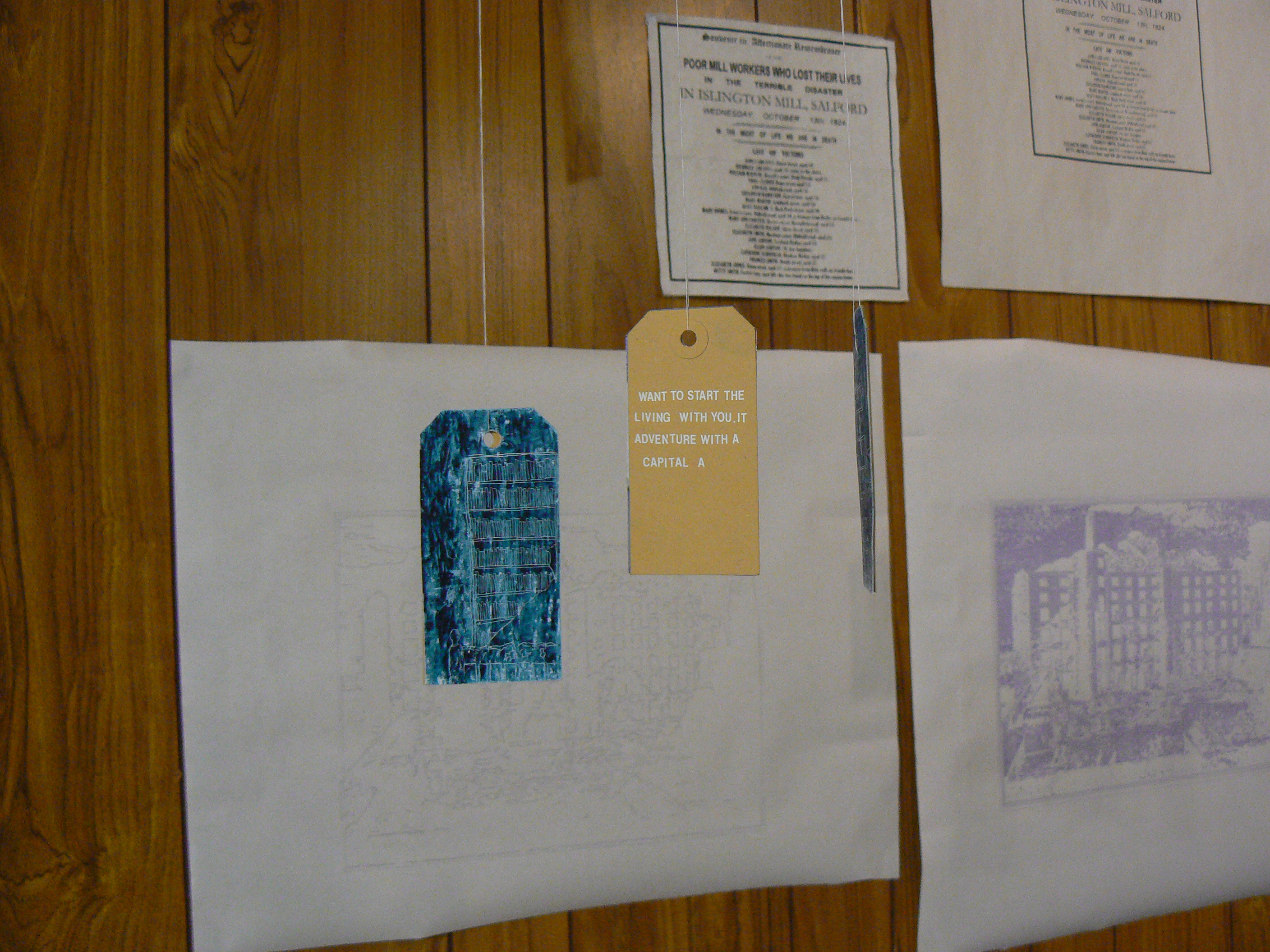
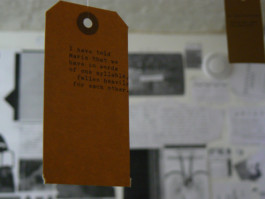
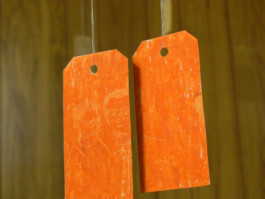
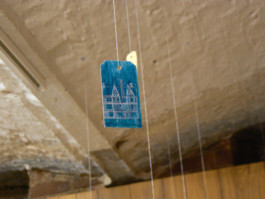
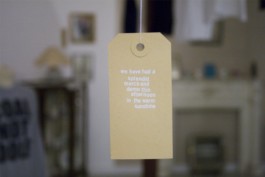
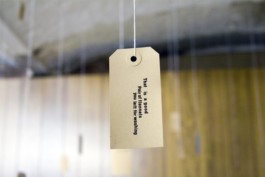
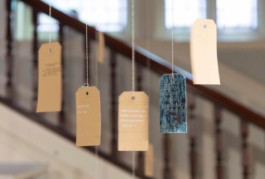
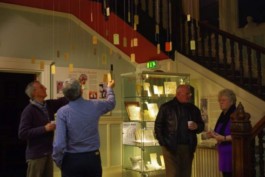
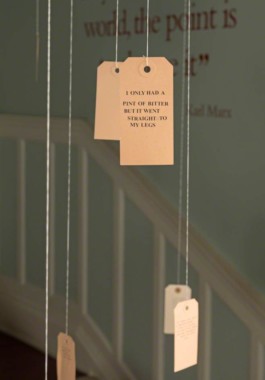
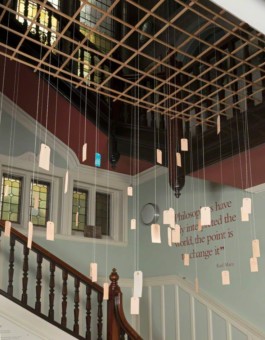
An installation inspired by the Frow's, who set up the Working Class Movement Library in Salford. Installed there in 2011, it is now part of their permanent collection.
Object Lessons was an exhibition curated by Sophie Perry in collaboration with the Working Class Movement Library and Islington Mill, Salford. Eight artists were asked to respond to pieces from the library's archive and the resulting works were shown at the Working Class Movement Library and Islington Mill’s gallery in 2011.
The Working Class Movement Library started life in the 1950s as the personal collection of Edmund and Ruth Frow. Eddie and Ruth were both avid collectors of working class history, seeing the importance in preserving the memories, struggles and experiences of ordinary working people for future generations to come. Beginning their collection in their home and caravan in Manchester, visitors would come from all over the world to go through their materials and artefacts. Cups, spoons, T shirts from the Poll Tax days as well as books, leaflets, photographs and political manifestos.
The artwork Dear Ruth / Dear Eddie is inspired by the letters that they sent each other during a four year period where they had to live apart, In this time they would write to each other every single day. Ames had the privilege of reading through their letters, now kept in the archives, and was inspired by their story and their relationship. Using brown labels as a nod to the categorising of materials kept in archives, Ames wanted to give the same weight that an important historical document or artefact would have - to these snippets of conversation between this unique couple. They selected a range of text from the letters ranging from tales of housework to politics and romantic sentiments, recalling marches or demos they attended, the flannels they had just bought as well as the feeling of falling deeply in love with one another. The labels were typed, letterpress printed and letraset, to show the progression of type and print changing over the years of their correspondence and collecting. Accompanied by drawings of archival photographs of the pair and their home, 100 of these labels now hang in the entrance way to the library. At first disrupting the space it is now a part of its history, the labels give people a hint of the Frow’s lives, as they visit the collection.